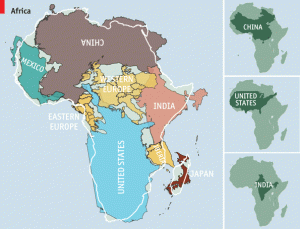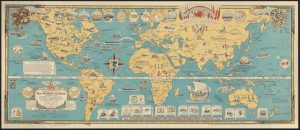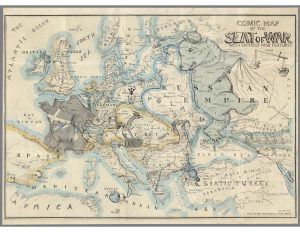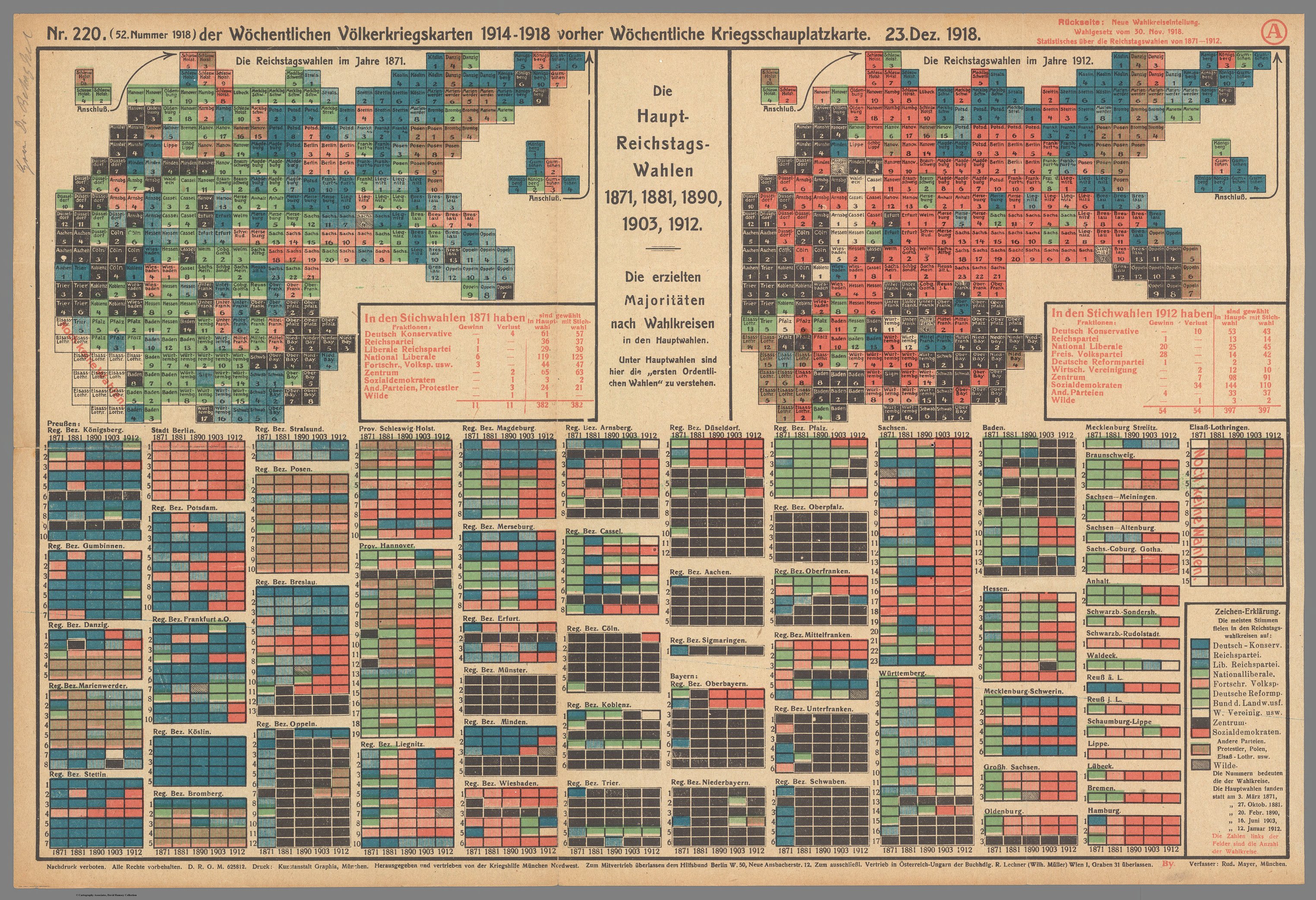Africa is much bigger than we think, hence the title. The map was created by designer Kai Krause. To start off you must know that most maps we see are based on the “Mercator Projection” that came up in 1569. As seen from the map you can put all these places together to replicate the complete size of Africa. There are two meanings in this map that we must come to understand. Africa is greatly underestimated in size due to the Mercator Projection and Africa is the motherland for every place in the world.
Why is Africa never portrayed in its actual size? The “Mercator Projection” is the reason why. The Mercator projection, is the type of map projection introduced by Gerardus Mercator. This projection is widely used for navigation charts, because any straight line on a Mercator projection map is a line of constant true bearing that enables a navigator to plot a straight-line course. The “Mercator Projection” is terrible for estimating the size of large masses of land. Under the “Mercator Projection” Africa looks about the same size of Greenland but Africa is actually 13 to 14 times larger. Flat maps also contribute to this distortion as the landmasses towards the pole are extremely exaggerated. It is also mentioned that European imperialism is to blame as well. As Africa did decolonize and become independent imperialism did not go away. Europeans continued to make maps with Africa disoriented to express their power. Ancient and modern conquerors chose to make Africa look much smaller to exert their power and authority. As we can see from the map, Africa is bigger than China, the U.S, Western & Eastern Europe, Japan, Mexico, and India. That’s not it either—Africa is also bigger than Russia, Canada, Brazil and many more countries. We all consider size equals power. Map makers know this and a high percentage of people have never been to Africa. We know Africa from what we see on social media. For example, we see these commercials about “25 cents a day to save a child’s life in Africa.” From commercials like this we assume that Africa is really poor. In reality, that’s only in a few places in Africa, as I’ve heard from people that have actually been to Africa. It’s the same thing with maps. We think Africa is not as big as other places on the map and in terms of imperialism we don’t think it’s that powerful at all. That’s the real power of maps.
Besides the issue of size, I also want to think of a deeper meaning for this map. I want to think of a deeper meaning this map can represent: the idea that everyone descended from Africa, and that Africa is the motherland for all people, no matter their race. Scientists believe all homo sapiens are from Africa as the earliest remains are all found in present day Botswana. Scientists have found a genetic string that researchers were able to figure that every person today descended from a woman who lived in present day Botswana about 200,000 years ago. The question is: did Kai Krause think about this idea when representing Africa on his map? I think this is possibly one, but also important, meaning of Krause’s map. Krause’s underlying meaning is represented, while the obvious is right in front of us that Africa is misrepresented in ancient and modern maps due to European imperialism and the Mercator Projection.
Finally, One thing I was thinking about is that you could tie this to the idea of “counter-mapping” that we’ve discussed in class. In other words, this map is clearly meant to provoke discussion and debate and especially to challenge the usual ways like the Mercator that I previously discussed that we see maps.
SOURCES:
https://theculturetrip.com/africa/articles/this-graphic-shows-just-how-massive-africa-really-is/
https://www.britannica.com/science/Mercator-projection
https://www.businessinsider.com/origin-of-modern-humans-botswana-africa-2019-10








